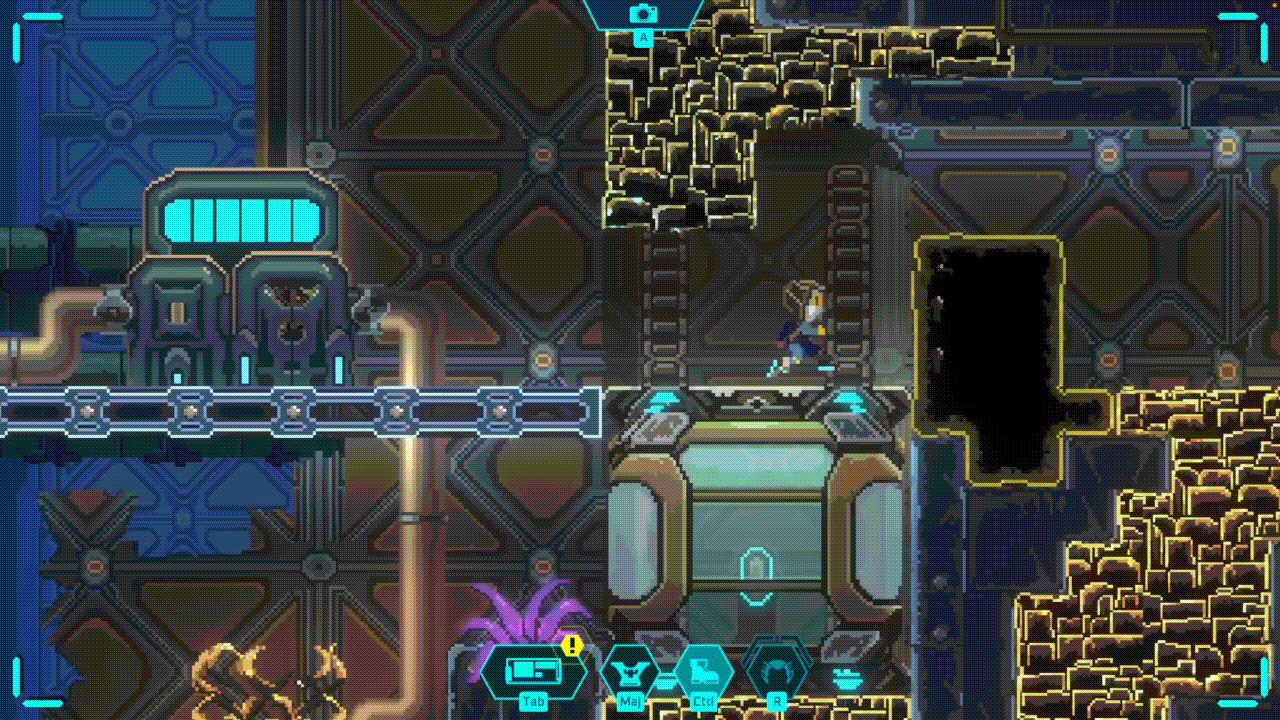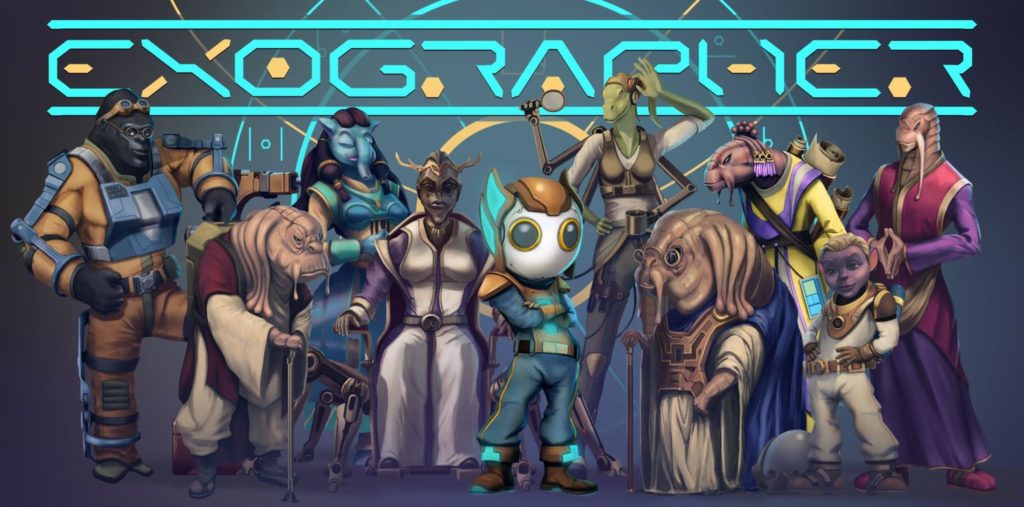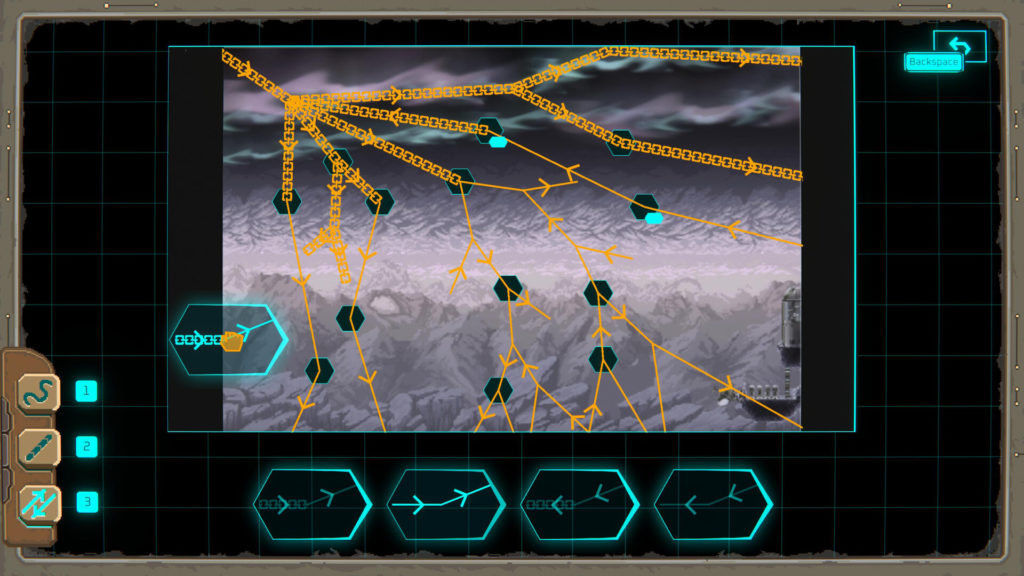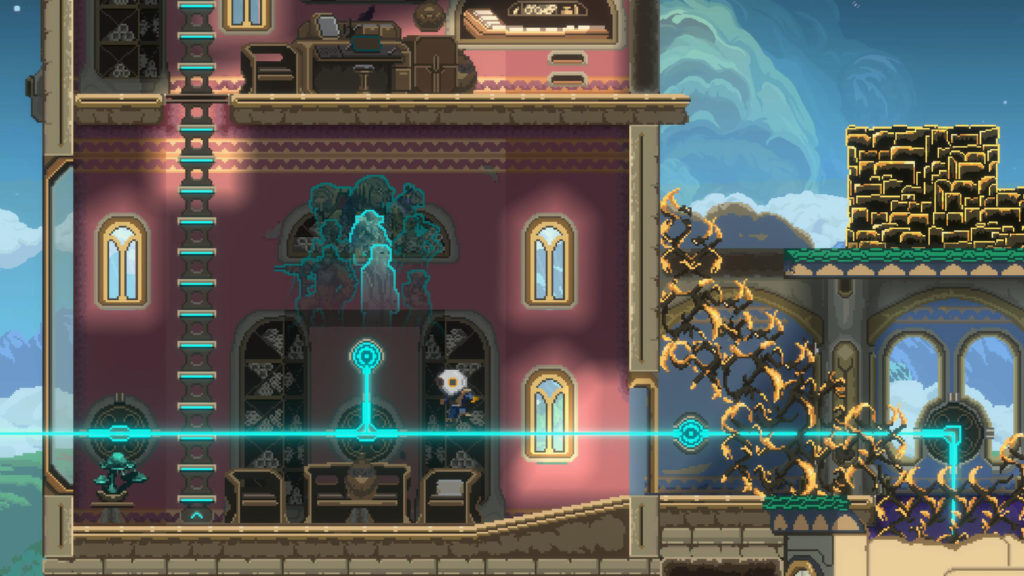#12 First speedrunners
Developing a metroidvania inevitably brings speedrunning into the picture. While we were building Exographer, we knew some players would be tempted to speedrun it. We even left a few “design flaws” here and there for them, especially regarding the gluonic boots. Our next game, still in the works, won’t be anything like a metroidvania, but…
Lire la suite










